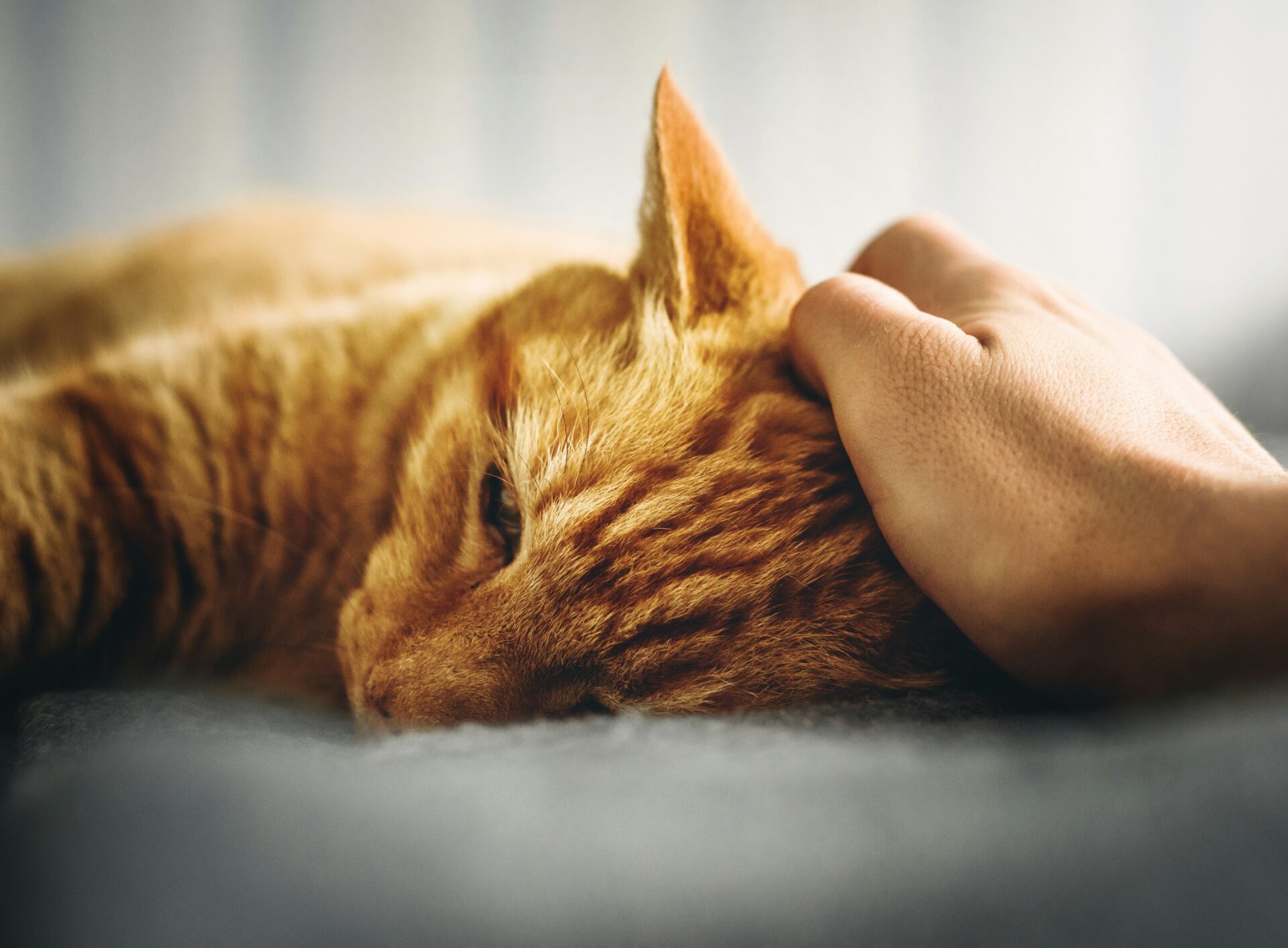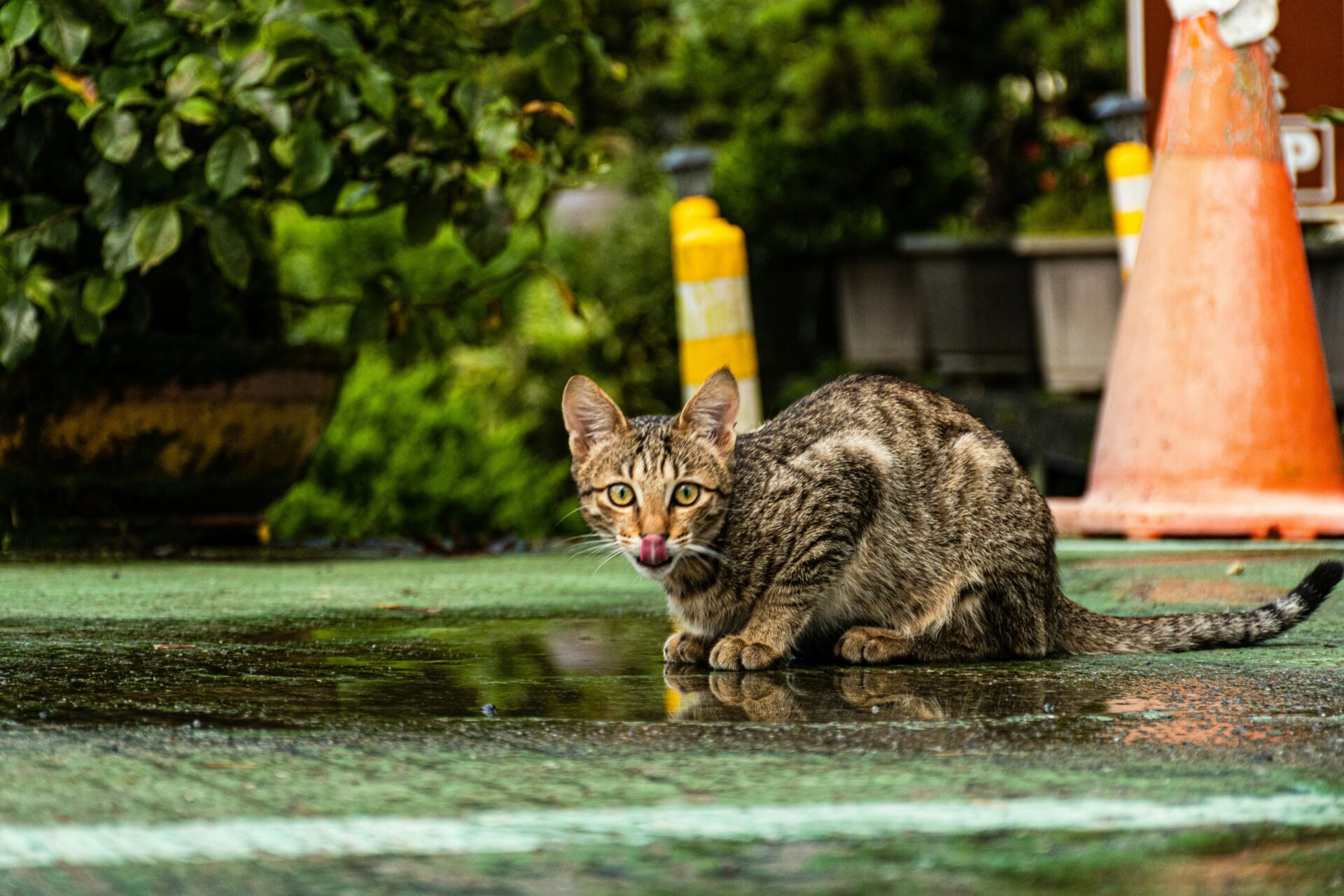Folklore says cats have nine lives, but let’s not put that to the test, OK?
We love our fur babies and want to keep them safe, but sometimes, an unforeseen emergency can happen. Whether it be a health issue or an accident, pet parents should know to handle the situation with enough information to stabilize them and keep them safe until you can get them to a vet or hospital.
I’m certified in American Red Cross Pet First Aid, so I’m sharing key tips and essentials to keep in your pet’s first aid kit—because being prepared can save a life.
Prevention is always best and keeping your cat indoors alleviates the likelihood of so many potential hazards. However, even our indoor fur babies can experience an incident that requires first aid.
Possible emergencies can include a variety of incidents such as heatstroke, bug bites, allergic reactions, injuries, choking, poison, cuts, even seizures to name just a few.
No matter the cause, know these cat first aid tips:
- Stay calm. I’ve said this before – cats are highly intuitive creatures. If they’re in distress, you must do everything possible to stay present for them.
- Keep the nearest 24 hour vet emergency clinic or hospital information in your phone (and always leave it for a pet sitter). If the situation is beyond your capacity to help, get them to an emergency veterinarian clinic or hospital immediately.
- Your cat’s carrier should always be easily accessible to you and a pet sitter.
- If you suspect poisoning, call Pet Poison Helpline at 855-764-7661, or ASPCA Poison Control 888-426-4435. Both are available 24/7.
- Create a cat first aid kit that should include these essential items:
- Gauze pads & bandages
- Tweezers
- Scissors with blunt tips
- Digital thermometer (normal temp: 99.5–102.5°F )
- Hydrogen peroxide (to induce vomiting, ONLY under a vet’s advice)
- Antiseptic wipes or chlorhexidine
- Saline solution (for eye or wound cleaning)
- Styptic powder or cornstarch in case of bleeding
- Large towel
- Latex or nitrile gloves
- A pet-safe muzzle (in emergencies)
Download this list as a PDF and use it to create your own pet first aid kit
Hopefully, none of us will ever need to implement these steps, however, taking the proper precautions and having the basic cat first aid knowledge may help save your cat’s life.



